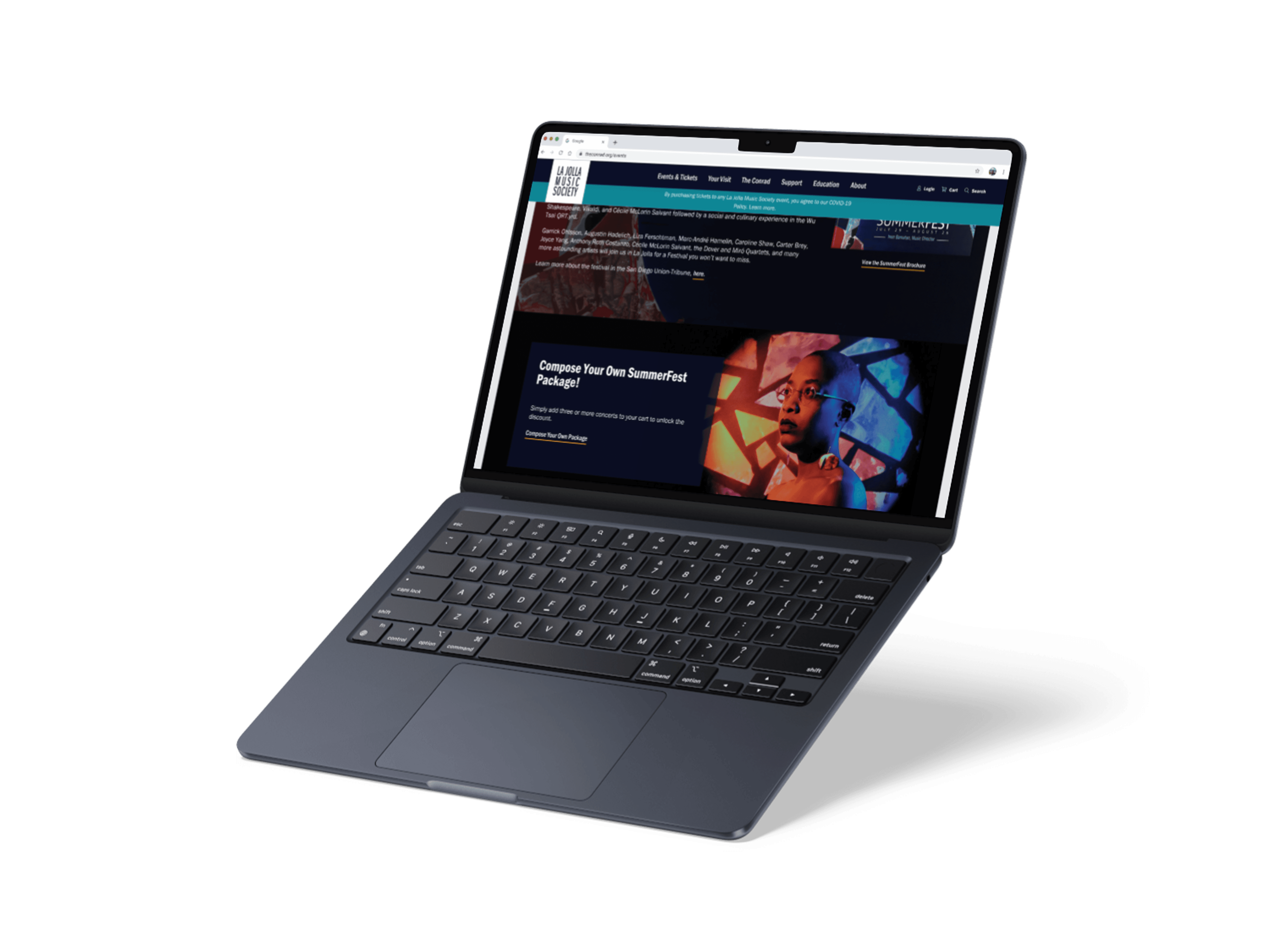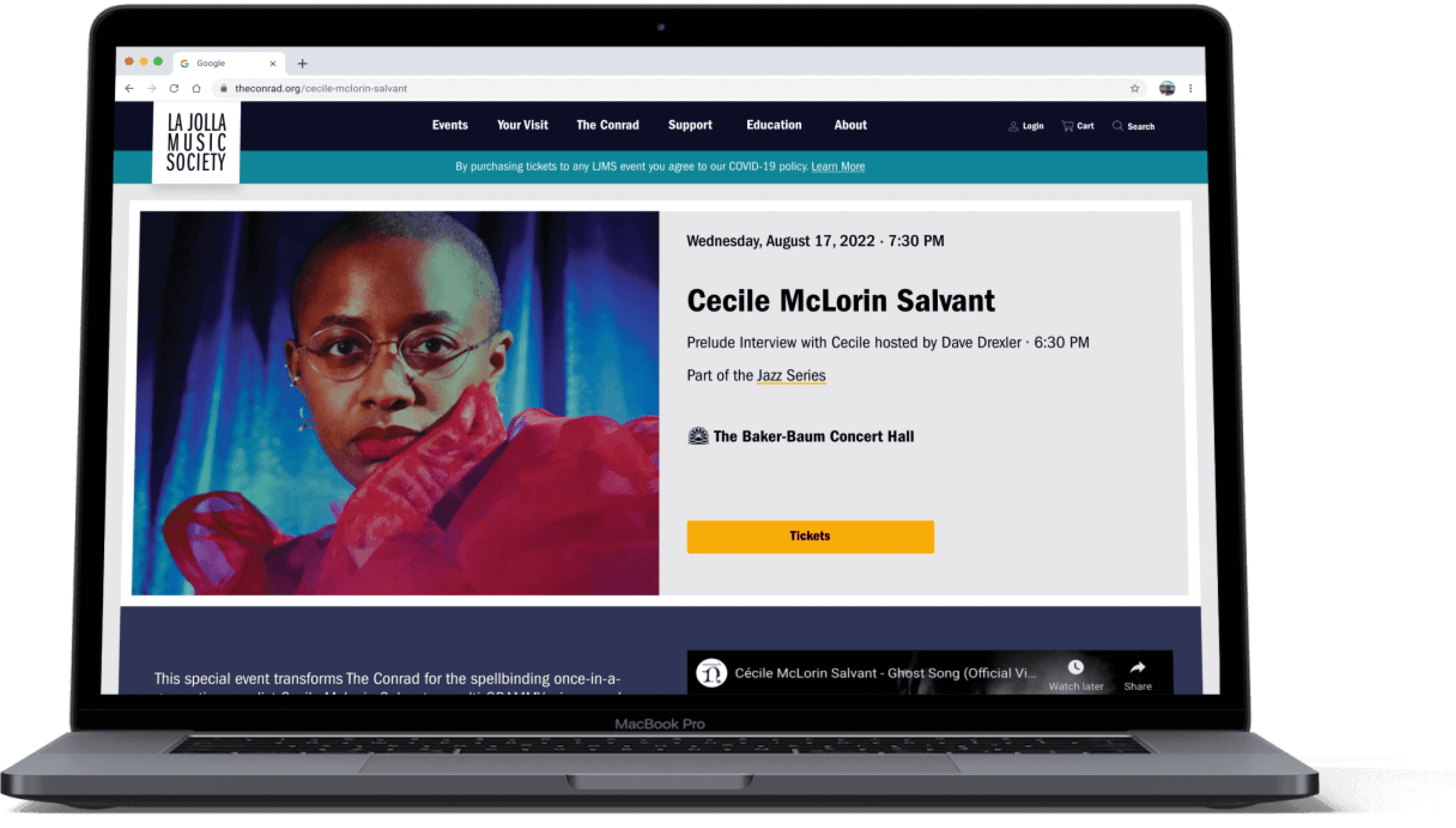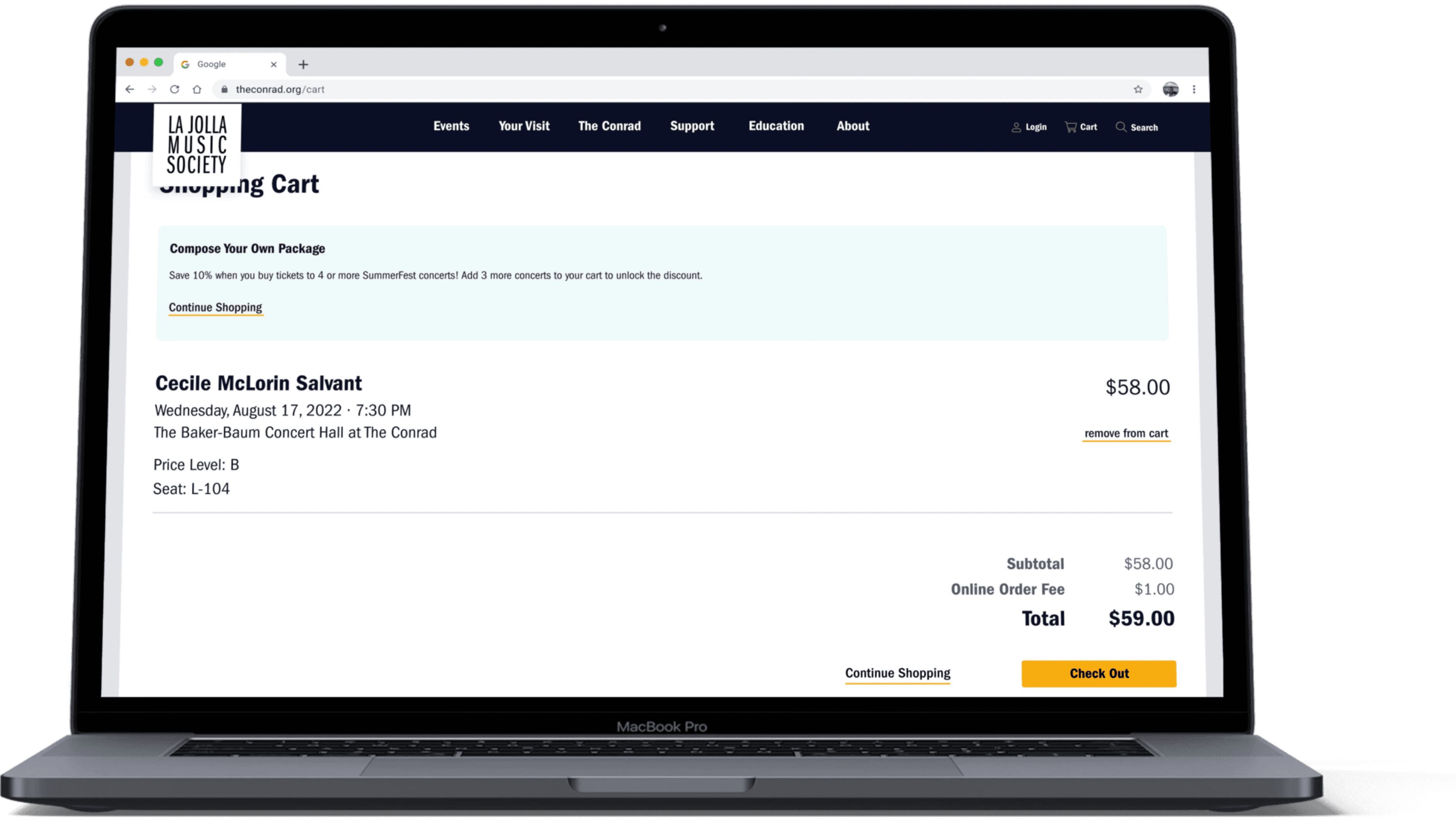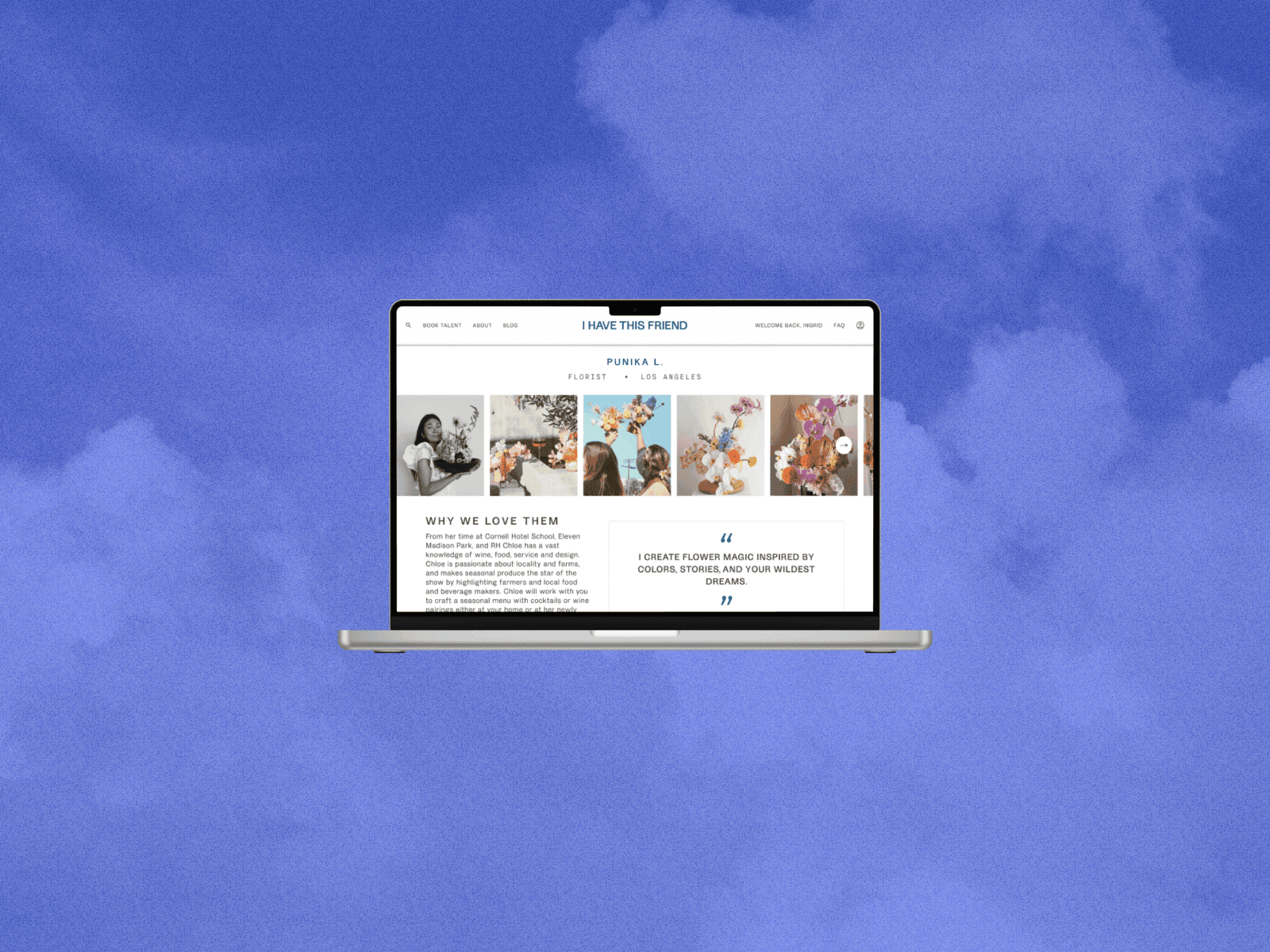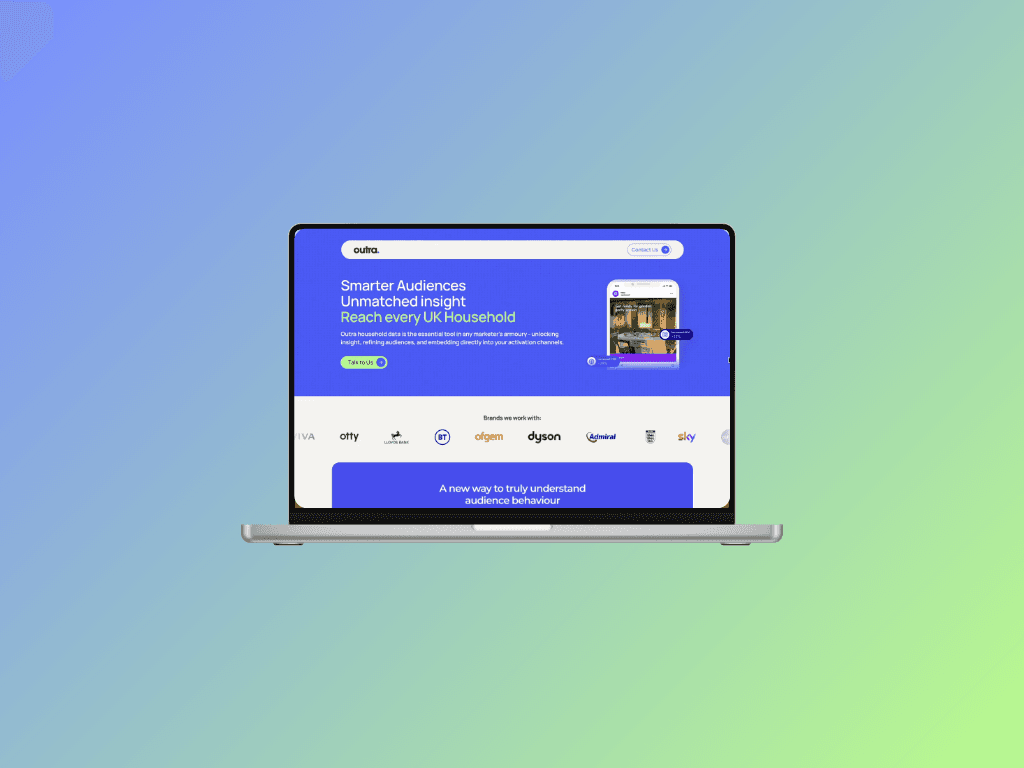Empowering concertgoers in San Diego to customize performing arts subscription packages
picture this
A small performing arts non-profit just built the best concert hall on the west coast, but hasn’t updated their website in nearly a decade. I led a full-scale redesign that enabled online ticketing and a custom package flow for La Jolla Music Society, which helped us exceed subscription revenue goals by over $200,000 (68%).
Impact
of subscription revenue goal
increase in single ticket revenue
of subscribers moved online
During a full-scale website redesign, we enabled online ticketing, season subscriptions, and donations for La Jolla Music Society. This case study focuses on the “Compose Your Own” package flow, which helped us exceed subscription revenue goals by 68% (over $200,000) in the first post-launch season.
In 2018, after over 50 years presenting and producing performing arts in San Diego, La Jolla Music Society had finally moved into its own, state-of-the-art, acoustically perfect concert hall, The Conrad. The non-profit needed to bring its website, which hadn't had UX/UI updates in nearly a decade, into the 21st century and refine the digital brand to reflect the world-class artists that it hosts.
Me, Marketing Project Manager & UX Designer
Hayley Woldseth, Analytics & CRM Manager
Shannon Bobritchi, Box Office Manager
Adam Thurman, Director of Marketing
Todd Schulz, CEO
Convert “single-ticket” (really single-event) buyers to multi-event buyers.
Find new ways to attract new audiences and retarget one-off attendees, converting them into long-term supporters.
Increase overall ticket revenue and subscriptions.
No financial benefit to purchasing multiple concerts (outside of curated, genre-specific subscriptions).
No flexibility in the subscription programming for genre-agnostic ticket buyers.
Concertgoers couldn’t purchase season subscriptions online.
Concertgoers could only subscribe through the box office by visiting in person, calling, or returning the form by mail, which still required phone calls. This placed a large burden on customer service staff at the beginning of each season.
LJMS was struggling to bring single-ticket concertgoers into the subscription pipeline.
LJMS was struggling to bring in younger audiences and ensure the long-term success of the organization—the average age of attendees is 62.
LJMS was not meeting subscription sales goals, which placed an immense burden on the fundraising team to cover the gap in organizational revenue.
The redesigned website was launched immediately after the COVID shutdowns, when in-person events were just starting up again, which required new disclaimers and event rules.
The majority of patrons are not tech-native and require high levels of onboarding.
Limitations in design and functionality of Tessitura & TNEW, LJMS' CRM and ticketing API.
Adam, the Director of Marketing, launched LJMS’ website redesign in the autumn of 2019. The current iteration of the website was built in around 2010. It was full of bugs, had confusing and inaccessible UX, and patchwork fixes that regularly broke or crashed the site. The organization was well overdue for a refresh.
I proposed that we explore a custom package flow to satisfy
the organizational goal of converting younger audience members and single-ticket buyers into return attendees
the desire for flexibility expressed in user interviews and surveys
Compose your own package Flow
Organizational impact of online subscriptions and the CYO flow
Rae was a wonderful collaborator throughout the process of building a new website for La Jolla Music Society. She was an excellent communicator, and was skillfully able to translate the company's desires across all departments into a plan for a website that prioritized user experience. In addition to being a very organized and reliable project manager, Rae had a sharp eye for design and also spearheaded much of the website's content creation.
michelle yagi
account manager,
substrakt

